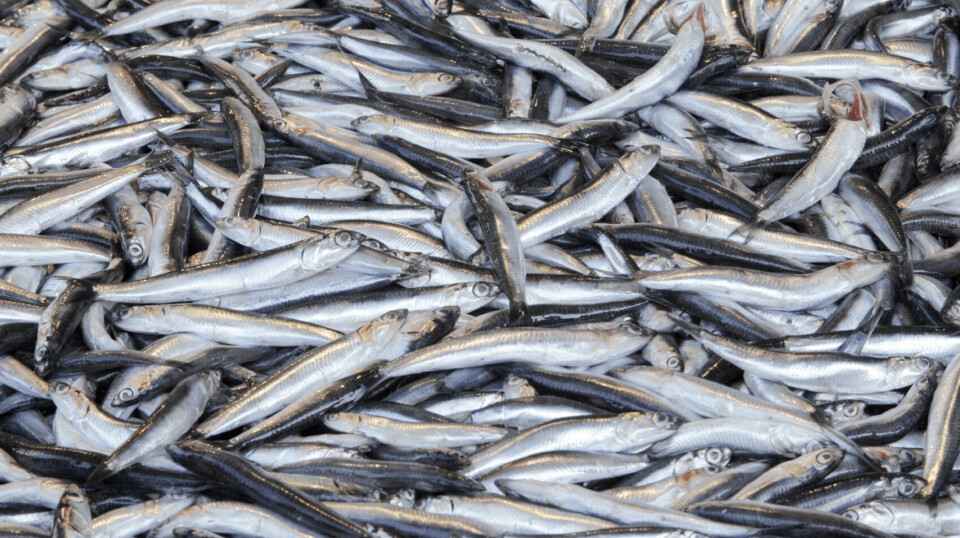
Fish oil production was up, fishmeal down, in first 11 months of 2022
Total cumulative output of fish oil in the first 11 months of 2022 for the regions for which marine ingredients trade body IFFO regularly tracks production was higher than in the same period in 2021, IFFO said in a press release today. The regions produce around half of global output.
The European countries, India, and the United States, as well as South Africa, Ivory Coast, and Mauritius were the regions that reported a year-over-year increase.
Cumulative total fishmeal production by the countries considered in IFFO’s report, for the first 11 months of 2022, was down compared to the cumulative production reported through November 2021.
Late start in Peru
The decrease was mainly due to a late start of the 2022 second fishing season in Peru. The US, India, the Iceland/North Atlantic area and the African countries were the regions considered that have increased their cumulative production with respect to the same period in 2021.
In December 2022, Peruvian catches were in line with those reported in December 2021. This means that the deficit of around 1.150 million tonnes of raw material reported until November 2022 compared to January-November 2021 wasn’t reduced, negatively affecting the overall performance for the year 2022.
In China, domestic production of marine ingredients was adjusted downwards throughout the year 2022, and production ended up being smaller than in 2021.
Aquafeed production in 2022 was reported as over 23 million tonnes, a slight increase year on year. January and February are traditionally off-season for aquaculture, as temperatures are too low and national holidays kick in. Therefore, fishmeal demand from the aquafeed sector remains limited.























































